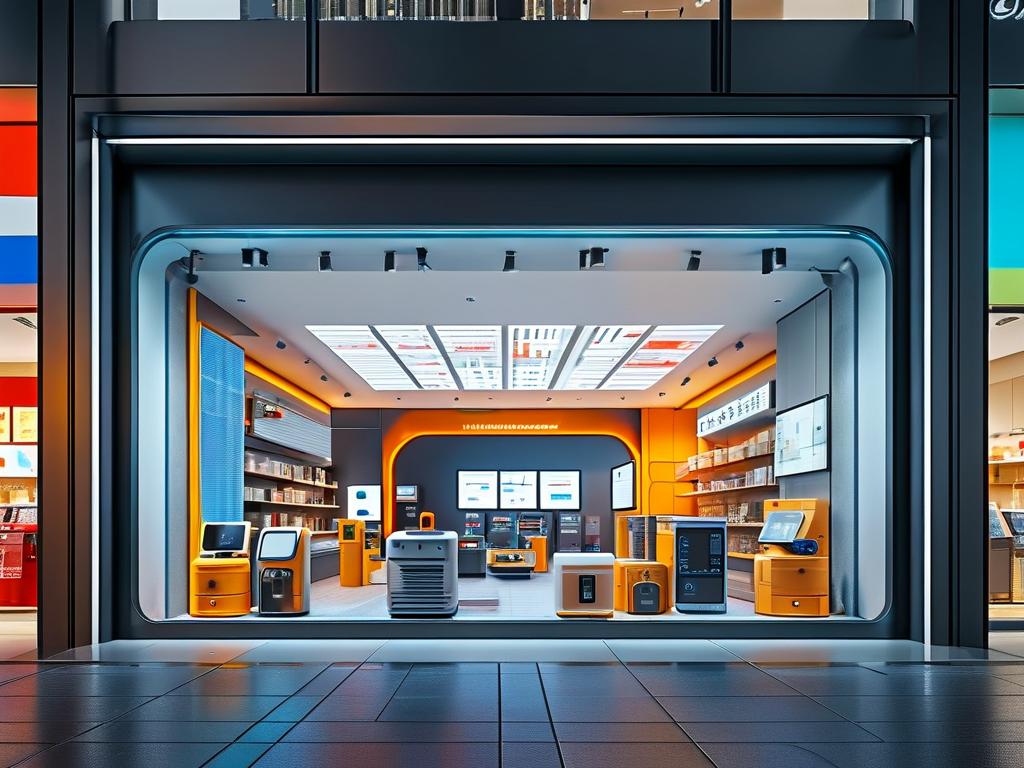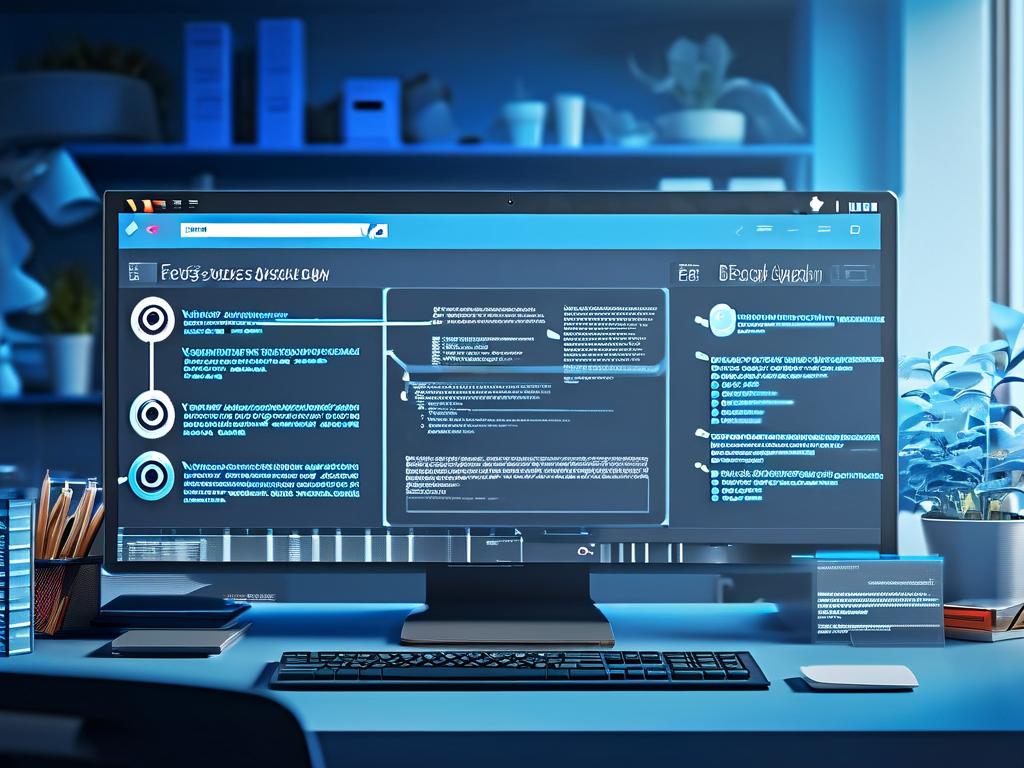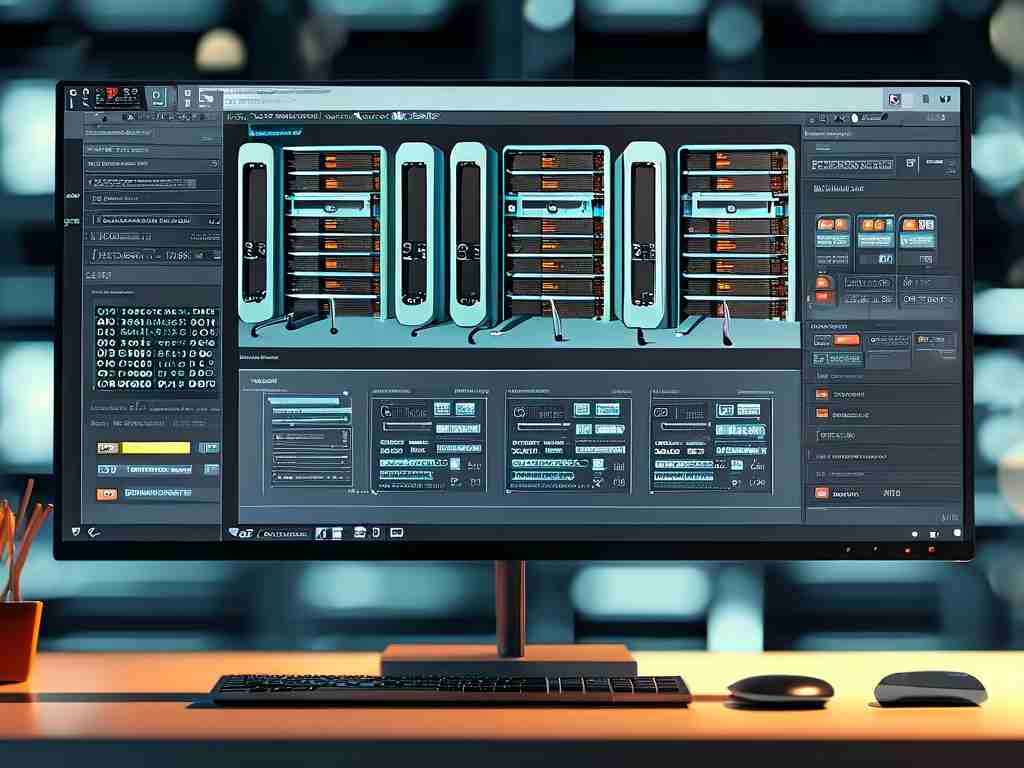In modern retail environments, window display automation has emerged as a strategic tool to enhance operational efficiency and customer engagement. This article explores practical methods for implementing automated deployment systems while addressing common challenges in dynamic retail settings.

The foundation of window display automation lies in integrating smart hardware with intelligent software. Retailers typically deploy IoT-enabled screens equipped with light sensors and motion detectors. These devices connect to centralized content management systems (CMS) through secure APIs. For example:
# Sample API integration snippet
import requests
def update_window_content(api_endpoint, content_id):
headers = {"Authorization": "Bearer YOUR_API_KEY"}
response = requests.post(
f"{api_endpoint}/displays/{content_id}/activate",
headers=headers
)
return response.status_code
This code demonstrates basic communication between a CMS and digital displays. The real magic happens when combining such technical infrastructure with data-driven content strategies. Successful implementations often utilize machine learning algorithms to analyze foot traffic patterns, enabling displays to automatically showcase products matching peak demographic characteristics.
Three critical components differentiate effective systems:
- Adaptive scheduling engines that synchronize with inventory databases
- Real-time weather integration for contextual promotions
- Energy-efficient display dimming based on ambient conditions
However, technical implementation represents only half the battle. Retailers must carefully balance automation with human creativity. While algorithms optimize product placement timing, graphic designers still craft visually compelling templates that adhere to brand guidelines. The most effective solutions employ hybrid workflows - automated content rotation within human-designed thematic frameworks.
Security remains a paramount concern, especially when dealing with public-facing digital assets. Multi-layered authentication protocols and encrypted content pipelines prevent unauthorized access. Regular penetration testing and firmware updates ensure protection against evolving cyber threats.
From a financial perspective, automated window systems demonstrate compelling ROI. Case studies reveal 40-60% reductions in manual labor costs alongside 25% increases in impulse purchases. One European fashion retailer reported 90% faster campaign deployment after automation, enabling daily promotional updates instead of weekly manual changes.
The future points toward deeper integration with store ecosystems. Emerging solutions connect window displays with mobile apps, allowing personalized offers when customers approach the store. Computer vision technologies enable displays to react to viewer demographics, adjusting language and product selections in real time.
Implementation roadmaps should prioritize phased rollouts. Begin with pilot installations at high-traffic locations, then gradually expand based on performance metrics. Partnering with experienced technology providers accelerates deployment while minimizing operational disruptions.
Ultimately, window automation transcends mere technical upgrades. It represents a fundamental shift in retail storytelling - where physical spaces dynamically adapt to market conditions and customer behaviors. By blending technological precision with artistic expression, retailers can create immersive experiences that drive both foot traffic and brand loyalty.









